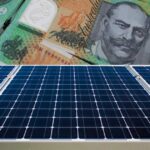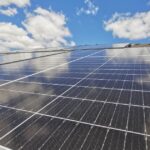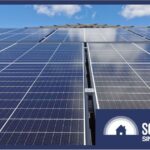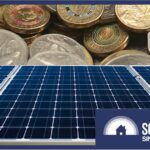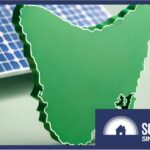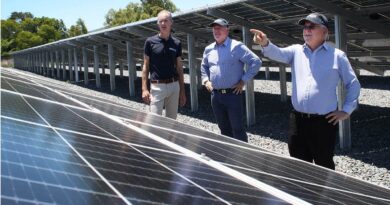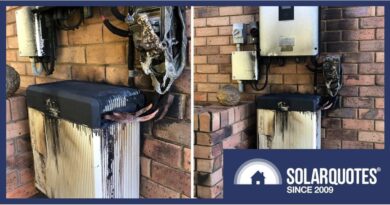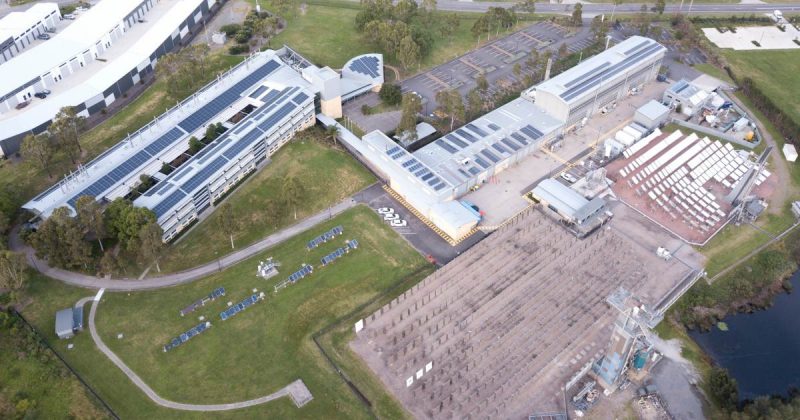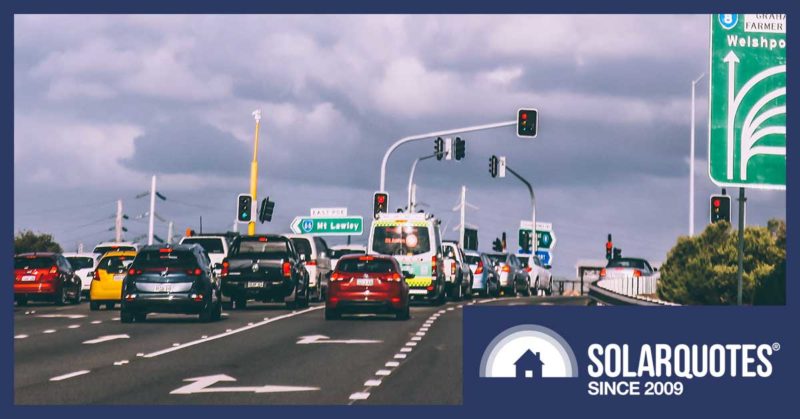Victoria Proposes 3.3 Cent Minimum Feed In Tariff
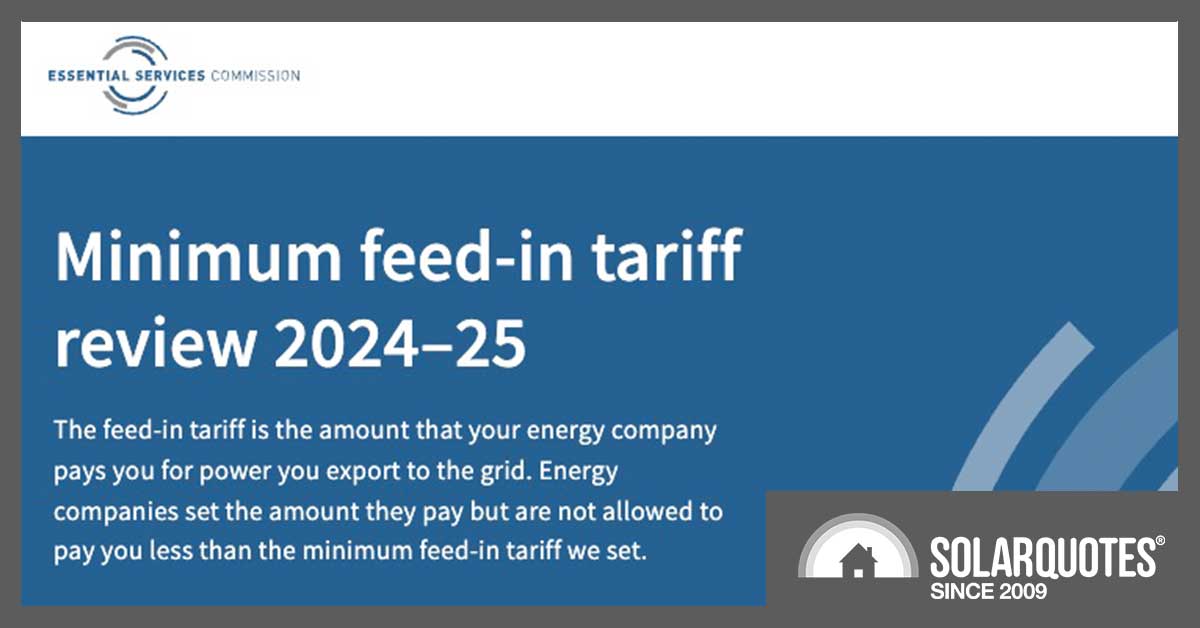
Victorians with solar power will get less for their exports if a draft determination by the Essential Services Commission goes ahead: the commission wants to cut another 33 per cent off the state’s feed-in tariff by July 2024.
And there’s probably no way to stop it.
The ESC is, after all, responding to what it sees in the market: the infamous “solar duck curve” is biting hard, and as installations continue to grow, wholesale prices continue to be pushed negative during times of peak solar generation.
So the ESC proposes setting flat minimum Feed in Tariffs for 2024-2025 at 3.3 cents/kWh, with time-of-day FiTs ranging from 2.1 to 8.8 cents/kWh (between 17 percent and 46 percent lower than today’s prices).
The ESC explains in its draft determination (pdf):
“The proposed minimum feed-in tariffs are lower because solar weighted wholesale
electricity prices are forecast to be lower in the 2024–25 financial year – especially at the times when solar customers export most of their power to the grid,”
Prices in the final determination could be even lower because the ESC says it will update its cost forecasts for the final decision.
It is evident that the ESC aims to encourage a maximum number of customers to adopt time-of-day tariffs. This strategy motivates customers to adjust their energy consumption based on the availability of electricity and the state of the power grid. This approach helps to prevent undesired consequences such as broader export curtailment.
Even night-time wholesale prices are expected to be lower in 2024-2025 than today, the decision says:
“Solar-weighted wholesale prices are forecast to be lower for all parts of the day in 2024–25 than prices have and will be in 2023–24”.
And the ESC says FiTs are no longer the main benefit of having solar – avoiding retail electricity prices is far more valuable to consumers:
“Generally solar customers receive greater savings when they self-consume the electricity they generate. Your bill does not measure how much power you did not buy, the savings from your solar panels may not be obvious from your bill.”
Because FiTs no longer deliver the income they used to, and absent the impact of a household battery, the ESC says it’s bad economics to over-provision the solar system a household installs:
“It is best to install a system that roughly matches your daytime electricity requirements and not significantly more. If you connect a system which far exceeds your daily usage the return per kilowatt installed will be relatively low, and your payback period longer”.
Note From Finn:
This is terrible advice from the ESC for most people buying solar panels – and typical of bureaucrats who can only think in averages and need to get out into the real world more often. I will write a whole post on this later – but if you size your solar system to match your average daytime electricity demand, you are setting yourself up for disappointment. Especially in Victoria with their gloomy winters. Most people should fill their roof with solar because in the real world:
- Big systems generate much more in the morning and late afternoon when you use the most electricity.
- Big systems generate much more in winter and overcast days when you use more electricity.
- Big systems prepare you for a home battery.
- Big systems prepare you for an electric car – whether you’ll charge it on weekdays or weekends.
- Big systems prepare you for home electrification (heating, cooking, hot water).
- Adding extra solar during the initial installation is surprisingly cheap due to how the rebate works.
- Adding solar panels after the fact is expensive, and sometimes impossible due to changing standards.
- The grid needs at least 2x more rooftop solar to decarbonise.
- Excess production on mild, sunny days is easily solved with curtailment.
Original Source: https://www.solarquotes.com.au/blog/victorian-2024-fit/



